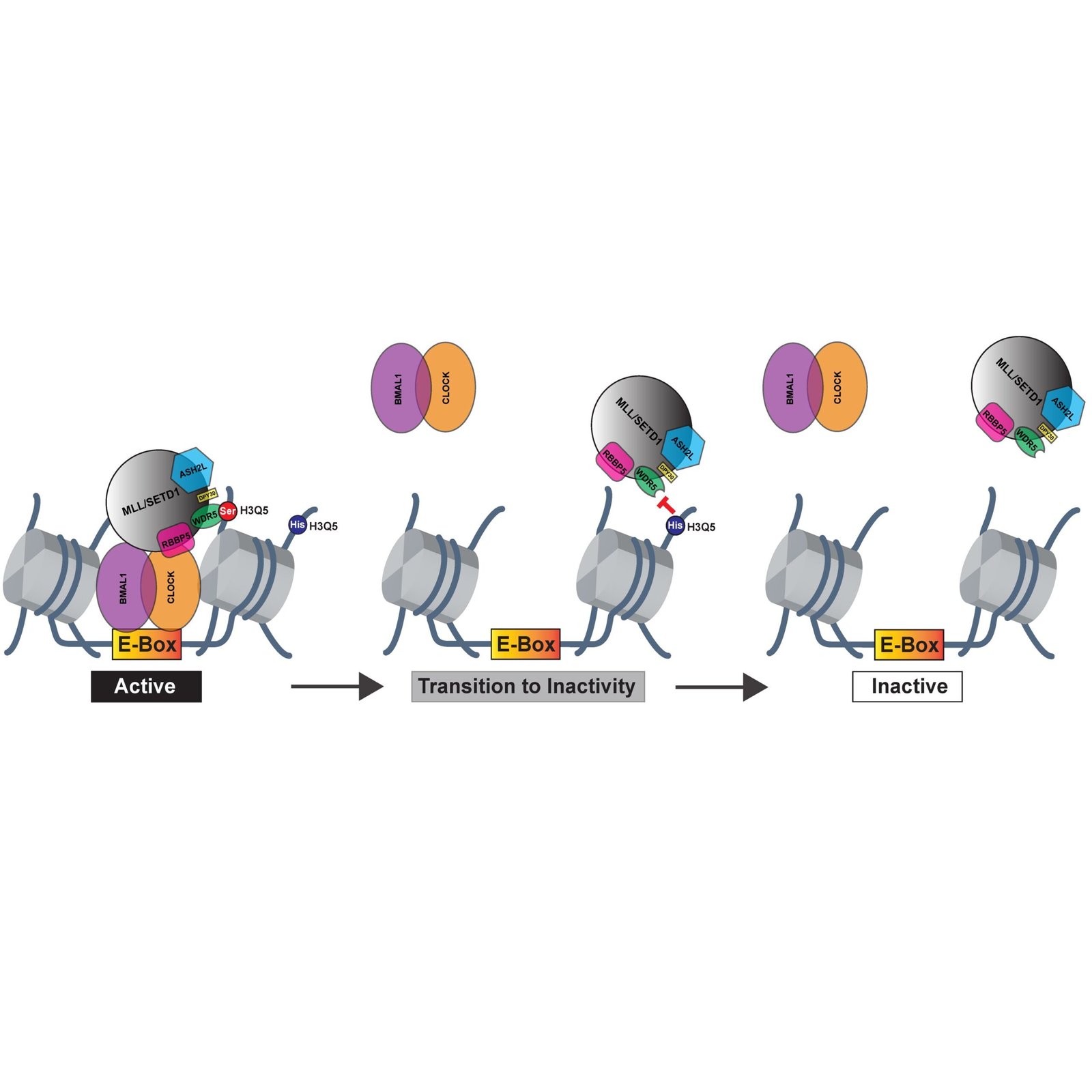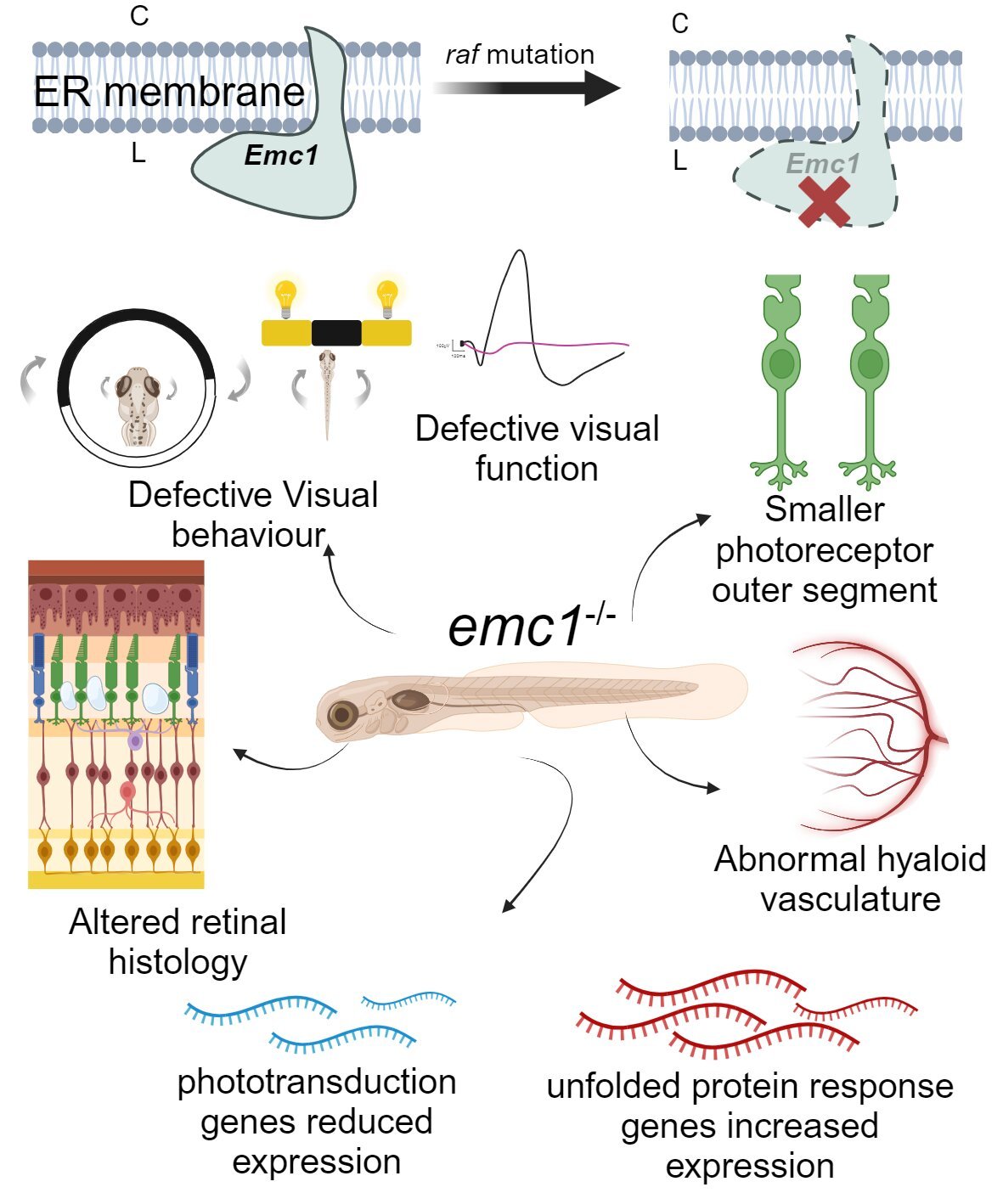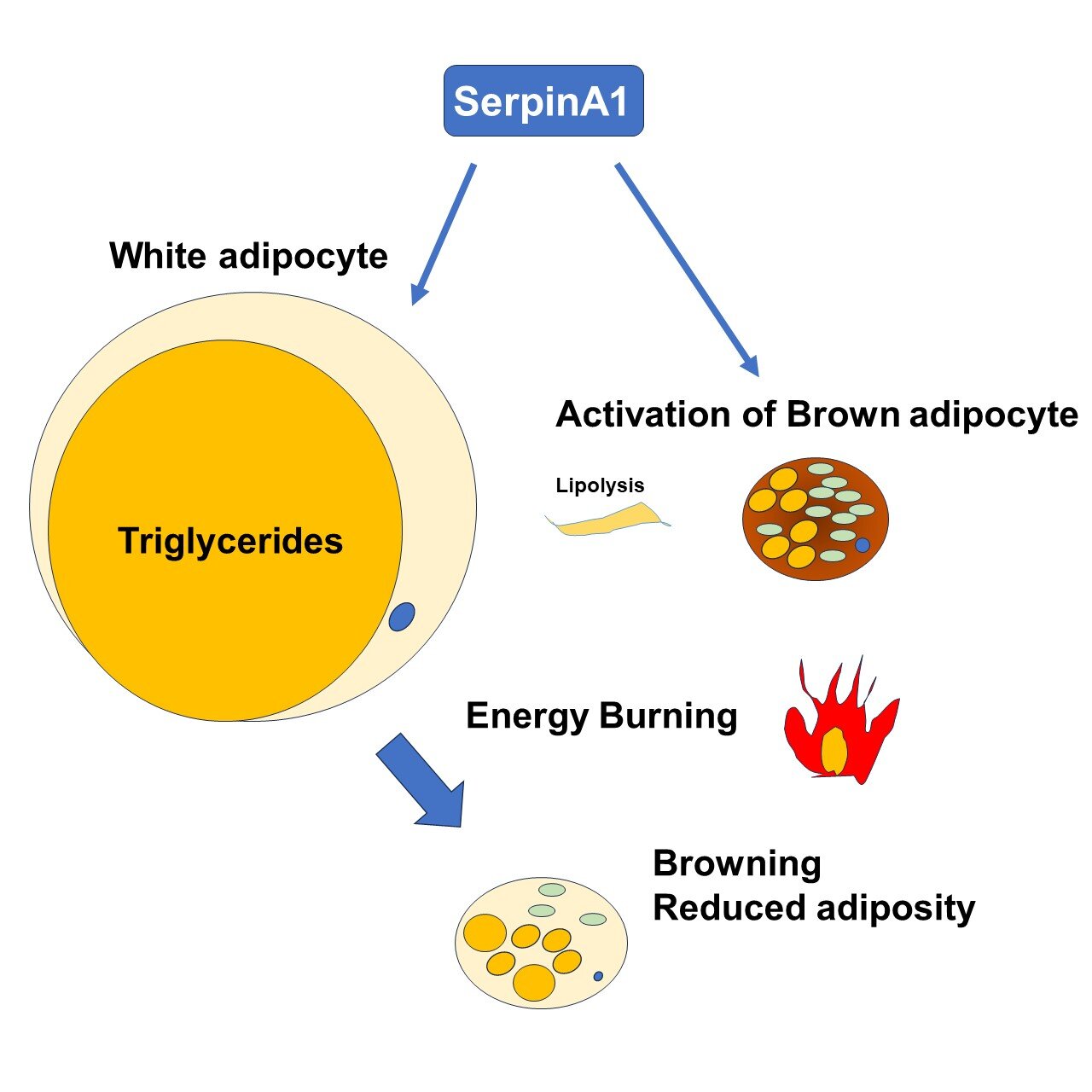Chronic physical pain is a condition that can deeply affect an individual’s quality of life. For many people, the experience of enduring pain—whether from conditions like arthritis, cancer, or nerve damage—can be overwhelming and incapacitating. The severity of this pain often seems to fluctuate, with some individuals becoming highly sensitive to external stimuli that would typically cause minimal discomfort in healthy people. However, intriguing research suggests that in addition to physical injury or damage, the brain’s ability to interpret and process pain signals can be influenced by various factors such as stress, fear, and even hunger, sometimes leading to the suppression or alteration of pain perception.
At the heart of this complex phenomenon is a network of specialized neurons distributed across different regions of the brain that work together to regulate how we experience pain. A recent study conducted by a team of scientists at the Center for Neuroscience (CNS) at the Indian Institute of Science (IISc) sheds light on how these neurons function to manage chronic pain. By studying mice with chemotherapy-induced peripheral neuropathy (CIPN)—a condition that commonly affects cancer patients undergoing chemotherapy—the researchers uncovered important insights into how the brain adapts to and controls pain, particularly in cases of chronic conditions.
The study, published in the journal Pain, focused on a brain region called the lateral parabrachial nucleus (LPBN), which played a pivotal role in mediating the pain response. The LPBN, a small cluster of neurons, has been implicated in various sensory processes, including the regulation of pain perception. This research was particularly relevant because CIPN is a common side effect of chemotherapy, and it often leads to an enhanced sensitivity to cold temperatures, a condition known as hyperalgesia. This heightened sensitivity is particularly difficult for patients to manage, as it leads to pain from stimuli that would not normally be perceived as painful.
In their experiments, the researchers discovered that when the LPBN neurons were activated, the mice began to exhibit more frequent licking behavior in response to a cold stimulus. This licking was not just a random action; it was an active coping strategy by the mice to manage their pain. This behavior suggested that the LPBN neurons act as a sort of “relay station,” processing incoming signals from different brain regions and ultimately determining how the animals should respond to pain.
The team discovered that the LPBN neurons are highly responsive to the type of inputs they receive. These inputs can either exacerbate or alleviate the sensation of pain, depending on their nature. The brain appears to rely on a complex system of signals, balancing excitatory and inhibitory inputs to modulate pain responses in a way that helps the organism cope with distressing situations.
To better understand the mechanisms behind this process, the researchers focused on the specific neural circuits involved. One key observation was the presence of excitatory neuronal inputs coming from the spinal cord. These inputs appear to intensify the pain sensation, as activating them led to more pronounced licking behavior in the mice. This finding suggests that the spinal cord, which transmits pain signals from the periphery to the brain, plays a crucial role in the heightened pain perception seen in CIPN.
On the other hand, the team also identified inhibitory inputs from another brain region called the lateral hypothalamus, a region that regulates essential functions like hunger and stress responses. When these inhibitory signals were activated, they reduced the cold-induced licking behavior in the mice, suggesting that the hypothalamus plays a role in mitigating the pain response. The researchers hypothesize that the hypothalamus may help balance the intensity of pain signals, allowing the brain to prioritize other functions—such as finding food—when necessary.
The researchers further discovered that both the excitatory inputs from the spinal cord and the inhibitory signals from the hypothalamus converge onto the same set of LPBN neurons. This convergence is key to how the brain manages pain. Depending on the strength and type of inputs these neurons receive, they decide whether to intensify or reduce the pain response. Essentially, the brain appears to weigh the urgency of the situation, determining how much attention and energy should be devoted to coping with pain versus addressing other immediate needs, such as hunger or stress.
Arnab Barik, the Assistant Professor at CNS and lead investigator of the study, explained this concept with a practical example: “If you’re really, really hungry and you have back pain, you can still manage your back pain and go over to finding your food.” In this scenario, the brain assesses the intensity of the pain and may allow the individual to focus on finding food. However, if the pain is severe—such as during an intense pain attack—the brain’s priority shifts to managing the pain, likely suppressing other urges and focusing on relieving the discomfort.
This dynamic interplay between different brain regions underscores the complexity of pain perception. The LPBN, spinal cord, and hypothalamus work together as part of a larger network that processes pain signals and adjusts the body’s response to pain. This system enables the organism to prioritize actions based on immediate needs, which is critical for survival. The brain constantly balances multiple inputs to optimize behavior, whether it is managing chronic pain, dealing with stress, or addressing basic survival needs.
While these findings are promising, the researchers caution that further studies are needed to determine whether similar mechanisms operate in other forms of chronic pain, such as arthritis or diabetic neuropathy. Chronic pain is highly subjective, and the exact processes that govern its perception remain not fully understood. For instance, people with arthritis may experience heightened sensitivity to pressure, while those with diabetic neuropathy may suffer from burning or tingling sensations. Each of these pain experiences could involve different neural circuits or mechanisms, and understanding these differences is crucial for developing more effective treatments.
Prannay Reddy, the former Master’s student in Barik’s lab and lead author of the study, emphasizes the importance of exploring the underlying brain mechanisms that give rise to pain perception. “For us to feel pain in a situation where we shouldn’t feel pain, something must go wrong in the brain. There should be more firing or misfiring [of neurons] in certain regions of the brain,” Reddy explains. This misfiring or altered neuronal activity could be at the core of why some people experience exaggerated pain responses to stimuli that healthy individuals would not perceive as painful.
The research conducted at the CNS offers exciting insights into how the brain controls pain perception and response. It also provides a potential framework for developing more targeted treatments for chronic pain. By understanding the neural pathways and brain regions involved, scientists can begin to explore ways to modulate these signals more effectively, providing relief to individuals suffering from conditions like CIPN, arthritis, and other chronic pain syndromes.
As Barik notes, pain is a subjective experience, and unraveling the neural mechanisms behind it could help us better understand the personal nature of pain and why it varies so widely from person to person. This research represents a significant step toward unlocking the brain’s ability to manage and regulate pain, opening up new possibilities for therapeutic interventions that could improve the lives of millions of people living with chronic pain conditions.
Reference: Prannay Reddy et al, Converging inputs compete at the lateral parabrachial nuclei to dictate the affective-motivational responses to cold pain, Pain (2024). DOI: 10.1097/j.pain.0000000000003468












